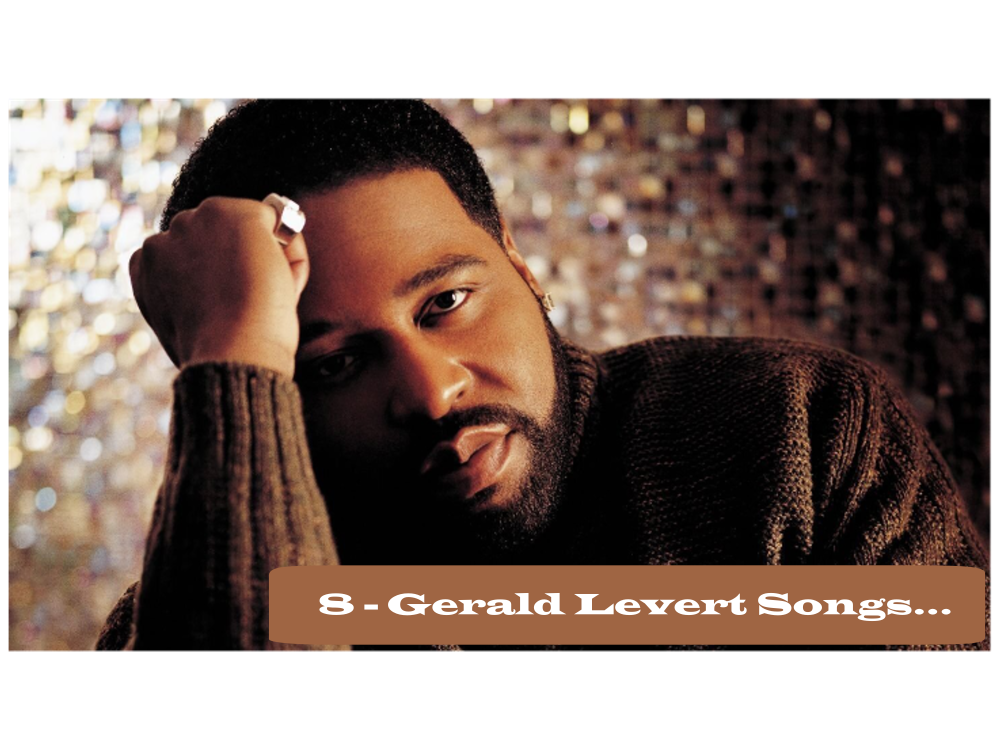(ThyBlackMan.com) The recent New York Times article, Hard Times at Howard, written by Charlayne Hunter-Gault, was indeed riveting and definitely an attention grabber. It conjured up memories of October 15, 2003, when I sat in a Winston-Salem, North Carolina sanctuary and listened as forty Black church leaders and Black college presidents publicly announced a self-empowering strategy to fund North Carolina’s eleven HBCU’s; the name of that new organization was North Carolina Black Churches for North Carolina Black Colleges, or NCBC2. Begun after a fundraising effort I started for Barber-Scotia College, the NCBC2 brought high hopes for HBCU’s.
Dr. John Mendez, President of the Ministers’ Conference of Winston-Salem and Vicinity, said, “There is no logic to having millions of so-called educated people (most from HBCU’s) and thousands of churches that have enlightened and saved millions of Black people, and yet we stand by and allow our colleges and universities to suffer and close their doors for financial reasons.”
and allow our colleges and universities to suffer and close their doors for financial reasons.”
Rev. William S. Fails, pastor of the Greater First United Baptist Church, and originator of NCBC2, added, “Judging by the fruits that our efforts bear, we would have to question the relevance of our own education and the role of the church in our community, if we do not immediately take steps to provide greater financial security for our … Black colleges and universities.” Less than two years later the effort ceased.
Why can’t we sustain economically based movements? Why don’t we get “fired up and ready to go” when it comes to helping one another with our dollars? We see reports on the dire financial state of our HBCU’s from time to time, but we seldom mount a sustainable effort to help them. Howard University, having been at the pinnacle of HBCU’s for many years, is now in the news for its financial challenges.
Let’s be clear, Howard is in no way “up against the wall,” “drowning in debt,” “on its last leg,” or “about to go bankrupt.” The state of Howard University is quite strong, to borrow a typical Washington D.C. phrase. So please don’t sound a false alarm. However, there are issues that affect all educational institutions to which Howard University is not immune, and they are part of its continuous improvement plan.
Here is some additional information about this venerable University, which was founded in 1867. In 2013 the U.S. Department of Education gave Howard a score of 2.8 out 3.0 for its financial responsibility. Notwithstanding, Moody’s recent downgrade on Howard’s bonds, they remain investment grade. For context, Moody’s and S&P issued a negative outlook for higher education (in general) in January 2013. Moody’s issued a negative outlook last month to a number of institutions including the University of Chicago. The higher education sector has to adjust its sails to weather this economic storm.
However, we must also weigh value and not simply the cost. HBCUs enroll about 3% of students attending colleges and Universities, but graduate 20% of the total number of African American students—a significant percentage. Howard attracts students with superior academic profiles; its graduation rate is 63%, or 20% higher than the national average; and in mitigation of the school’s financial challenges, there has been unprecedented demand for student aid, some of which comes from the Howard endowment scholarship fund. To make matters worse, thousands of students, at HBCU’s especially, were negatively affected by credit requirement changes in the Federal Direct PLUS Loan program.
Howard’s 2013 incoming class totaled over 1590, nearly 700 of whom are recipients of prestigious freshman scholarships and boast an average GPA of 3.5 and SAT scores of 1221. Howard’s student body comprises young people from two dozen countries and forty-four states. Its youngest student is a fourteen year-old from Gambia who received a Capstone scholarship that includes tuition, fees, and room for four years.
Howard graduated more than 20% of the nation’s African American dentists last May. Together, Howard and Meharry produced 36% of the nation’s African American and dentists of color in 2013. It is also worth noting that since 1997, the National Science Foundation (NSF) has consistently ranked Howard University as the top producer of African-American bachelor’s degree recipients who subsequently earned science and engineering doctoral degrees in the United States. According to the report, 10 of the top 11 baccalaureate-origin institutions of black science and engineering doctorate recipients from 2002–11 are HBCU’s.
Impressed? There are more positive data on Howard University and other HBCU’s as well. We should be proud of our schools of higher learning and we should support them with our time, talent, and treasure, to the greatest extent possible. They certainly deserve our reciprocity for their outstanding contributions to our society. More to come next week.
Written By James E. Clingman
Official website; http://www.blackonomics.com/

















A lot of these colleges and universities have been around for at least 70 to 100 years. In that period, each school must have graduated tens of thousands. Where are the contributions from the alumni? Why aren’t they stepping up to save their schools? I’m not a math wiz, but based on graduation rates and the number of years these schools have been around, none or very few of these schools should be struggling. Where’s the generational wealth going, or do we even have it to pass down?
The alumni aren’t even supporting the schools they graduated from, and that’s sad. I know times are hard, but if every alumnus would donate $20.00 a month or more, these colleges and universities wouldn’t be in this predicament. If we don’t support our institutions, who will? It doesn’t take a lot of money from the individual to solve our problems, but it does take a lot of unity.
Black Unity means financial independence and happiness